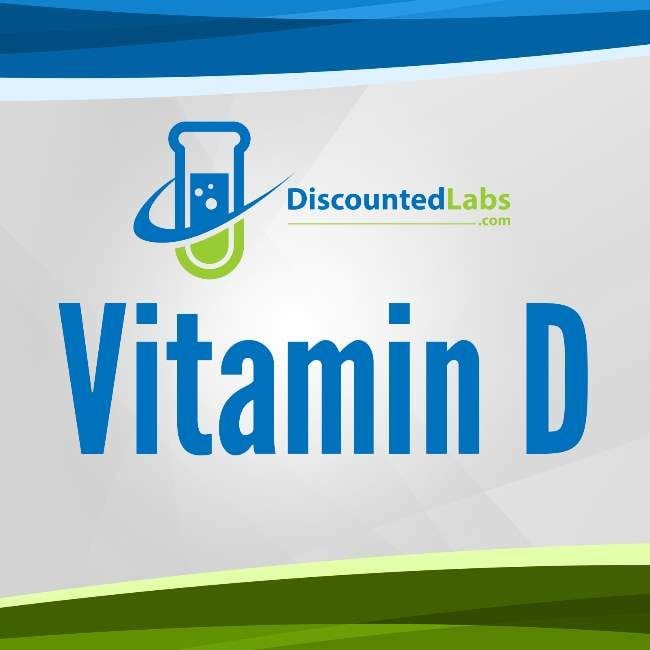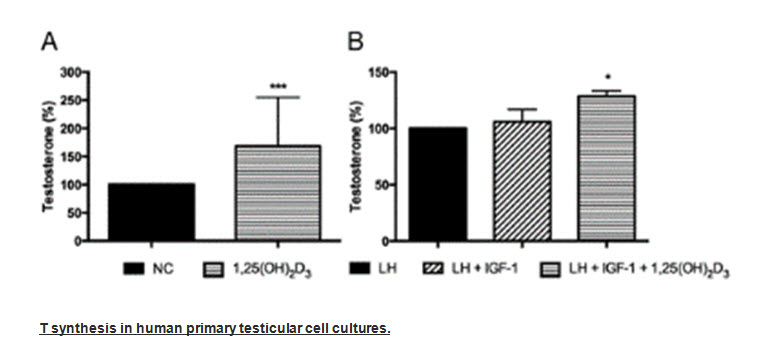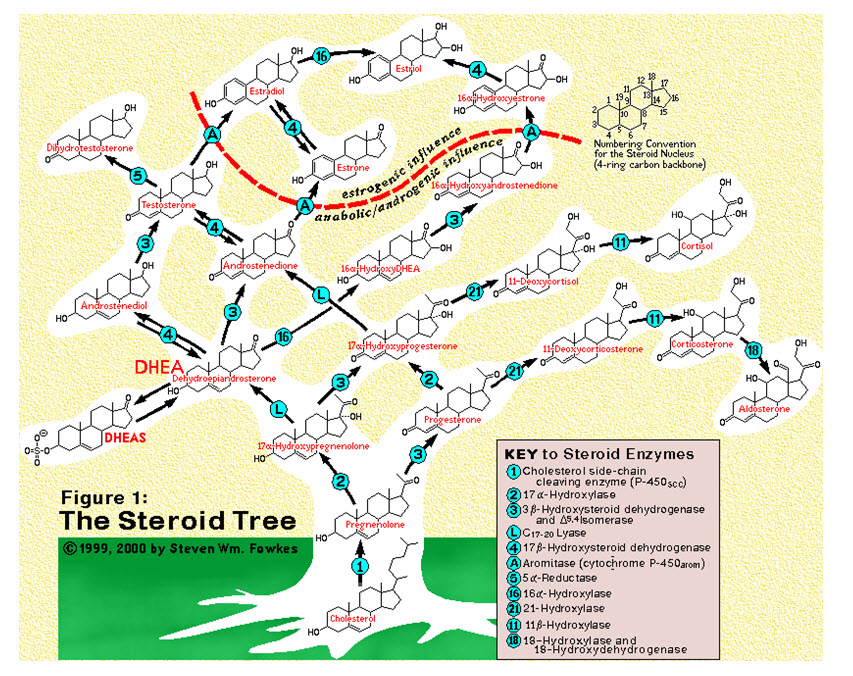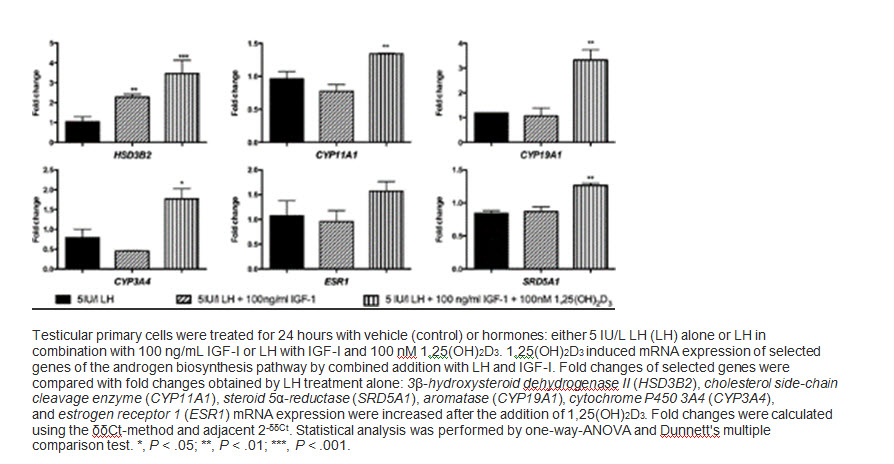Does Vitamin D Increase Testosterone ?

Table of Contents
Testosterone is the male hormone responsible for making us “feel like men, think like men, and look like men.” So in our never ending pursuit to raise our natural testosterone levels, we often look for positive correlations.
You may have asked yourself these common questions:
“If I up my intake of this nutrient, will my testosterone levels go up?”
“If I take this supplement, will I have higher testosterone levels?
This article aims to elucidate the relationship between vitamin D supplementation and whether or not a higher level of vitamin D can raise your testosterone levels.
Background: Known roles of vitamin D in the body and why we need it
First we need to understand what vitamin D really does in the body and why it is important.
Vitamin D refers to a group of fat-soluble molecules responsible for increasing intestinal absorption of calcium, magnesium, phosphate, and zinc and multiple other biological effects. It has been known to help regulate blood pressure and to benefit cardiovascular health. It aids in maintaining homeostasis (balance) in the body and overall muscle and bone health[1]. It has also been proven to regulate cell growth and decrease the risk ofcancer in the prostate, breasts, colon, and lungs. Although most Vitamin D is synthesized in the skin through UVB ray absorption from the sun, there are some foods that have naturally high levels of vitamin D, including fatty fish such as salmon, milk, and orange juice. However, most people do not get enough sun or consume Vitamin D-enriched foods to reach optimum blood levels of this important vitamin. For most, supplementation is the only way to maintain healthy Vitamin D blood levels.
Now, how does vitamin D relate to testosterone? Let’s find out.
Can supplementing vitamin D levels raise your testosterone levels?
A study concluded that lower serum vitamin D3 levels are associated with lower testosterone levels. [2] There has also been speculation that adequate vitamin D levels can actually raise testosterone levels. Is there any basis behind this speculation and if so, what is the mechanism?
In 2014 the Journal of Clinical Endocrinology and Metabolism published a groundbreaking paper, written by D. Hofer, J. Münzker, et al, on the subject titled “Testicular synthesis and Vitamin D Action”. For the first time, human (vs animal) adult primary testicular cells were isolated, treated with 1,25(OH)2D3 (vitamin D3), and their gene expression levels were profiled by microarray analysis. They were able to determine that there was a SIGNIFICANT INCREASE IN SERUM TESTOSTERONE LEVELS WHEN PRIMARY TESTICULAR CELLS WERE TREATED WITH VITAMIN D3 VS CONTROL GROUP. [3]

Vitamin D Study Results
The authors wanted to measure overall testosterone production when various variables were changed. Keep in mind, 1,25(OH)2D3, is Vitamin D3, the biologically active form of Vitamin D.
T synthesis in human primary testicular cell cultures
First, let’s look at graph A. It demonstrates a significant increase in T production after exclusive addition of 100 nM 1,25(OH)2D3 (Vitamin D3) (P < .001) compared with control cells treated with vehicle (ethanol) (Figure 3A).
Next, let’s look at graph B. Addition of 5 IU/L LH, 100 ng/mL IGF-I together with 100 nM 1,25(OH)2D3 significantly increased T levels (P < .05) (Figure 3B), compared with treatment with LH or LH and IGF-I only. Results are represented as means ± SD. *, P < .05; ***, P < .001. NC, control (vehicle).
Discussion of These Results
The study researchers saw a SIGNIFICANT INCREASE IN TESTOSTERONE LEVELS WHEN PRIMARY TESTICULAR CELLS ARE TREATED WITH VITAMIN D3. Keep in mind though, the level of vitamin D used by our authors would be well above any normal physiological level found in any person. According to The Merck Manual of Diagnosis and Therapy 2013, most reliable reference ranges for vitamin D3 put normal serum blood levels somewhere between 25–65 pg/mL. Our authors used 100ng/ml of vitamin D3 to treat these cells, which is somewhere between 300-1200 times a healthy reference range.[4] If our serum concentration of D3 were to ever get that high, our serum calcium levels would skyrocket and our internal organs would begin to calcify.[4] Organ failure would ensue and ultimately we would die. SO, although we can conclusively say that yes, higher vitamin D3 levels can raise testosterone levels, you will never see a 50% increase in your testosterone level as seen in this study by supplementing vitamin D3 [3,4].
How does it happen?
In a nutshell, the authors were able to analyze which and how many proteins were being produced by the genes in these testicular cells. So, how do these proteins relate to testosterone production? Let’s take a look at our famous “Steroid Tree”

This tree outlines steroidogenesis, the process our body (mainly in our sex organs) undergoes to produce our sex steroids/hormones. All steroid hormones including testosterone originate from cholesterol, as seen at the bottom of the tree. In the KEY to Steroid Enzymes box, we see the necessary enzymes that are required to move about the tree, located between each structure. These ENZYMES are some of the PROTEINS that the GENES in our testicular cells are producing. The authors of thispaper measured GENE EXPRESSION, or the level at which the genes in the testicular DNA produced these enzymes/proteins. All in all, they chose 63 different genes to analyze. Of those 63, 6 displayed promising results.
Results:

Do you notice anything about these genes and the enzymes they produce? Four of them match with the “KEY to Steroid Enzymes” box in our “Steroid Tree” diagram.
Below: Stated first is the gene name, second is the enzyme the gene produces, and the third is the corresponding number of that enzyme on our steroid tree.
· CYP11A1: Cholesterol side-chain cleavage enzyme: 1
· HSD3B2: 3β-hydroxysteroid dehydrogenase II : 3
· SRD5A1: 5α-reductase: 5
· CYP19A1: Aromatase: A
1 is essential to our primary step of converting cholesterol to pregnenolone
3 is absolutely essential in getting to testosterone.
In conclusion, theauthors proposed that vitamin D3 increases testosterone levels by increasing the number of enzymes available to (eventually) convert cholesterol to testosterone. This is how vitamin D3 raises testosterone!
Of Note:
It is interesting to note that Aromatase activity was also increased significantly. Aromatase is the enzyme responsible for converting testosterone into estradiol. It has been shown that low levels of vitamin D are associated with low levels of estradiol in men. [5] 5a-Reductase production was also increased. 5a-reductase is the enzyme responsible for converting testosterone to DHT. Both estradiol and DHT can have minor deleterious effects to male health if present in high concentrations in the blood. Thiswill be discussed in future articles.
References:
1. L.A. Schaap, S.M.F. Pluijm, J.H. Smit, N.M. van Schoor, M. Visser, L.J.G. Gooren, et al. “The association of sex hormone levels with poor mobility, low muscle strength and incidence of falls among older men and women.” Clin. Endocrinol. (Oxf.), 63 (August (2)) (2005), pp. 152-160
2. R. Rafiq. N.M. van Schoor, E. Sohl, M.C. Zillikens, M.M. Oosterwerff. Associations of vitamin D status and vitamin D-related polymorphisms with sex hormones in older men. The Journal of Steroid Biochemistry and Molecular Biology. Volume 164, November 2016, Pages 11-17
3. D. Hofer, J. Münzker, V. Schwetz, M. Ulbing, K. Hutz, Ph. Stiegler, R. Zigeuner, T. R. Pieber, H. Müller, B. Obermayer-Pietsch. Testicular Synthesis and Vitamin D Action. J Clin Endocrinol Metab (2014) 99 (10): 3766-3773.
4. Ziegler R (February 2001). "Hypercalcemic crisis". J. Am. Soc. Nephrol. 12 Suppl 17: S3–9.
5. Di Zhaoa Pamela Ouyangb, Ian H. de Boerc, Pamela L. Lutseyd, “Serum vitamin D and sex hormones levels in men and women: The Multi-Ethnic Study of Atherosclerosis (MESA)” Maturitas. Volume 96, February 2017, Pages 95–102





